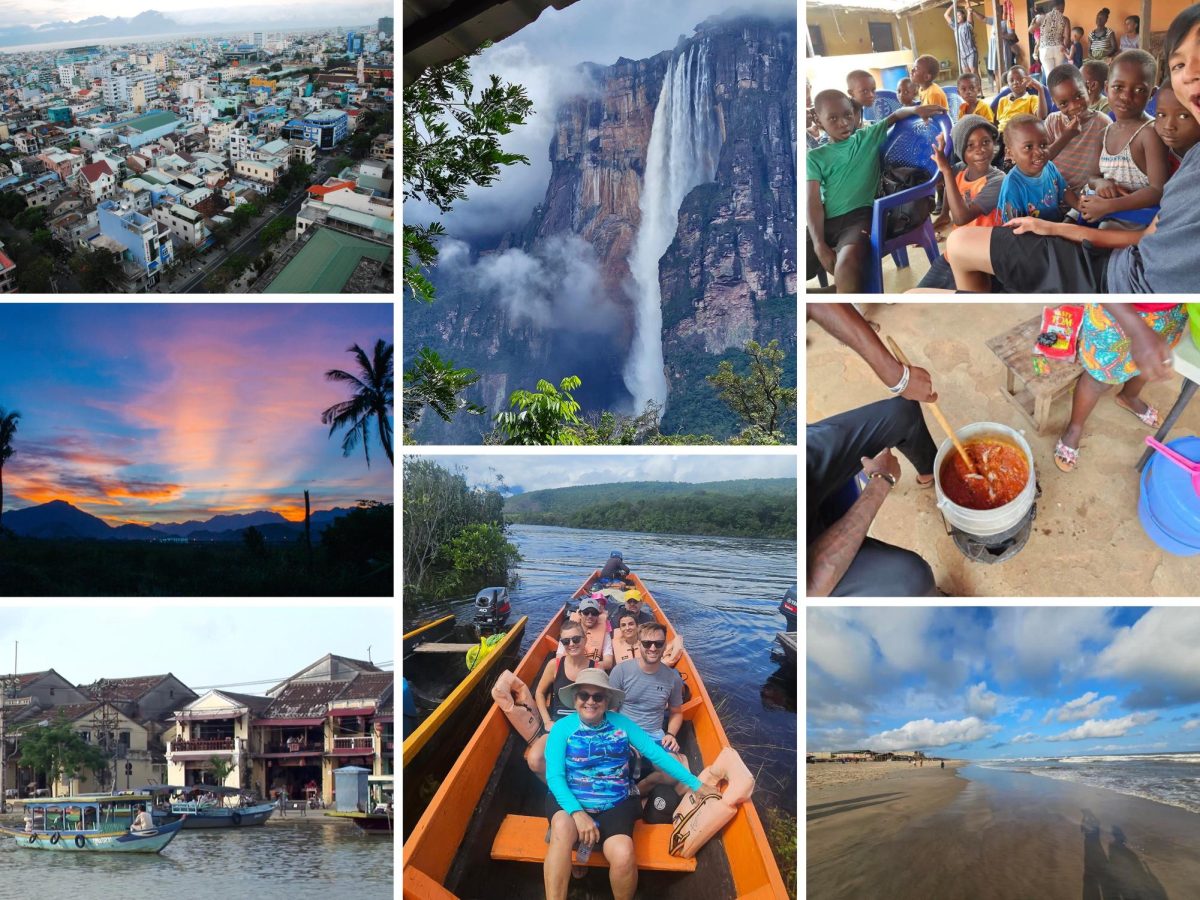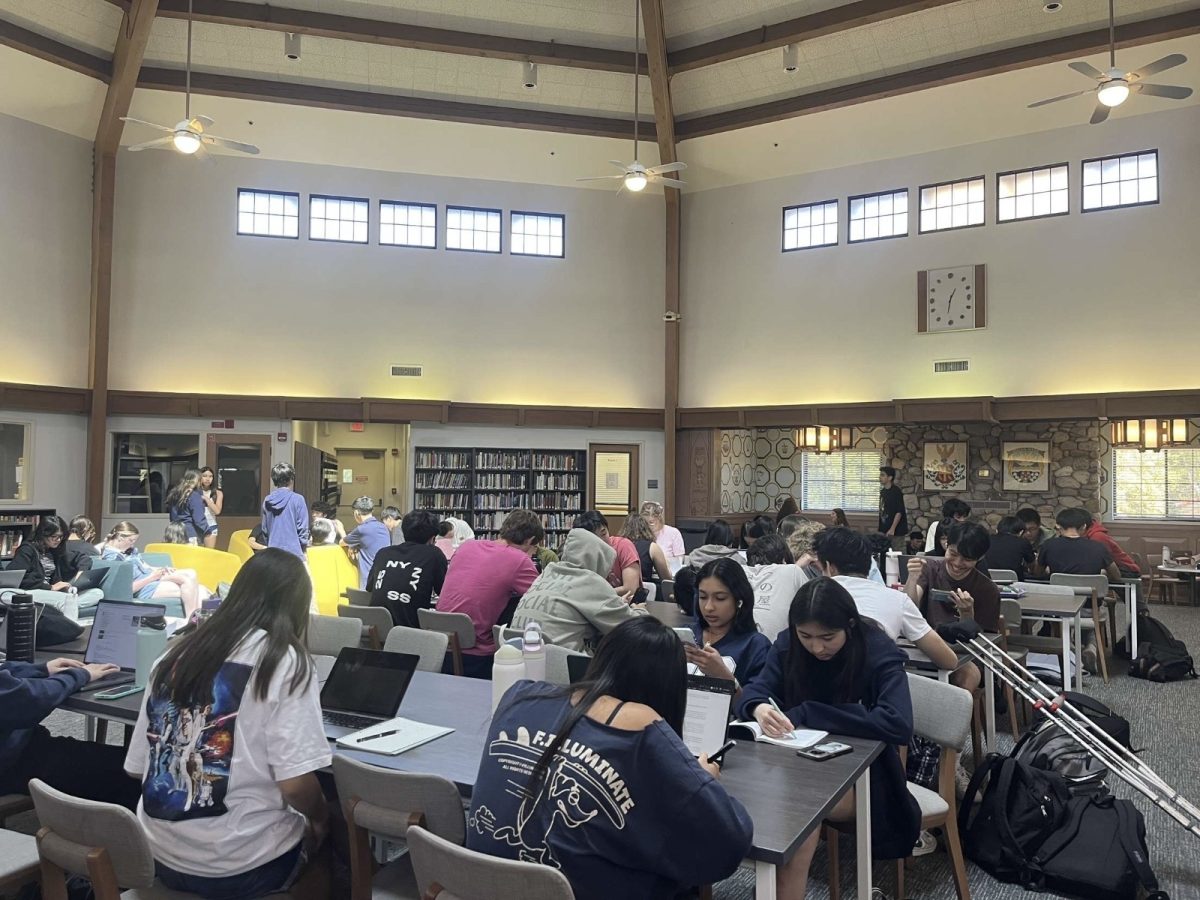As winter break approaches, it is time to plan an escape from the ordinary. Skip the usual tourist traps and dive into destinations that blend natural wonders, rich culture, and unique experiences. Whether it is the awe of Angel Falls, the lively rhythms of Ghana, or Vietnam’s paradise beaches, these hidden gems promise a break you will never forget.
- Angel Falls, Venezuela
Far from the bustling tourist hubs, Angel Falls in Venezuela offers an unforgettable adventure into one of the world’s most remote and awe-inspiring landscapes. Tucked deep in Canaima National Park, this waterfall — plunging an incredible 3,212 feet from the top of the flat-topped Auyán-tepui — is the tallest on Earth.
The tepuis themselves are as mesmerizing as the falls. Their name, tepui, comes from the indigenous Pemon word for “table,” and they truly look like massive, otherworldly tables.
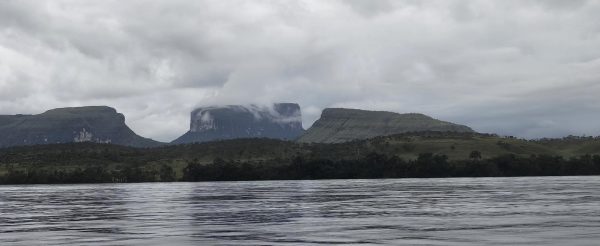
“The tepuis are so unique –– you won’t see it anywhere else,” said Maria Suarez, math department faculty, who took a trip to Angel Falls this summer.
Angel Falls flows from one of these tepuis, creating a scene so unreal and straight out of a fantasy novel. The water, collected from rain on the flat top of Auyán-Tepui, forms a small stream. As it reaches the edge, the water plunges nearly a kilometer into the jungle below.

“There is like a tiny river from [above], and then it opens and becomes the highest waterfall in the world,” Ms. Suarez said.
Getting to Angel Falls is part of the adventure, starting with a flight from Caracas to the indigenous town of Canaima, a small, remote village that feels worlds away from city life. From Canaima, tours guide you deeper into the park, often combining scenic flights, riverboat rides, and hikes. For the best view, many also take a scenic flight over the falls — the view above the falls is nothing short of spectacular.
- Accra, Ghana
Accra, Ghana’s lively capital, is the perfect spot for a December trip if you are looking for warm weather, great food, and a mix of relaxation and culture. Among Accra’s gems is Labadi Beach, a stretch of golden sand where the Atlantic Ocean meets the lively rhythms of Ghanaian culture.
Located approximately eight kilometers east of the city center, Labadi Beach is easy to reach using the city’s iconic tro-tros. Tro-tros are shared minibuses, painted in colorful, often mismatched designs and crammed with passengers heading in all directions. While it may not be luxurious, taking a tro-tro is one of the most memorable ways to experience Accra.
“It was a bit scary the first time, because I had to figure out the whole transportation system by myself,” said Ryan Ho (‘25), who traveled to Ghana during the summer. “But it was an experience: the conductor who charges the ticket fee would stand at the open door while the bus was moving really quickly while passengers would pass money from the back to the front of the van to pay.”
On weekends, the beach bursts into life with drumming circles, dance performances, and soccer games. Vendors offer fresh coconuts, grilled tilapia, and spicy kelewele, filling the air with tempting aromas.
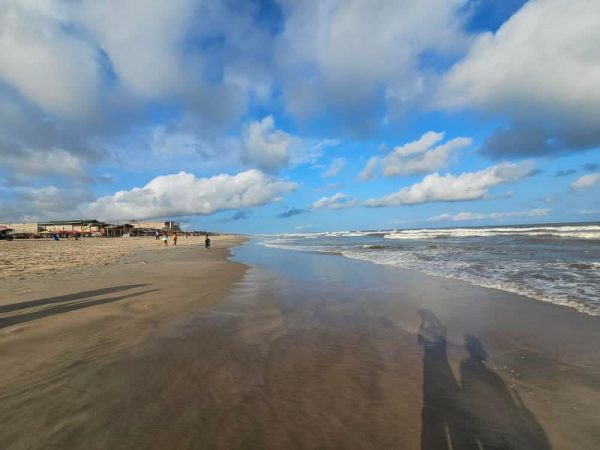
Accra’s vibrant energy does not stop at the city’s beaches. To the North of the urban center, life in the surrounding villages offers a completely different, yet equally captivating, glimpse into Ghanaian culture.
In these villages, families live around shared courtyards, where women prepare fufu — a smooth, sticky dough made from cassava and plantains — children play nearby, and the aromas of rich stews and freshly pounded ingredients fill the air.
“The kids would surround me, and I really enjoyed playing with them,” Ryan said. “It’s something very simple and pure to go and have fun with someone like with the kids from a different part of their world.”

Once ready, the fufu pairs perfectly with the soup, creating a meal that is both hearty and flavorful, bringing everyone together in the heart of the courtyard.
“It is like a sticky dough that you take a bit with your fingers, then you dip in soup, put it in your mouth, and you swallow without chewing,” Ryan said.
- Vietnam coastline
Vietnam’s beaches offer some of the most stunning coastlines in Southeast Asia, with warm, clear waters and soft sandy shores that stretch for miles. Each beach town offers its own unique beauty, with landscapes that feel almost untouched in some places and vibrantly alive in others.
The journey begins in Ho Chi Minh City, Vietnam’s southern hub, before heading inland to Da Lat in the Central Highlands. Nestled in the mountains, Da Lat offers cool weather, lush pine forests, and vibrant flower gardens. It is a peaceful escape from the heat of the lowlands, with charming French colonial architecture and scenic waterfalls like Datanla and Pongour.
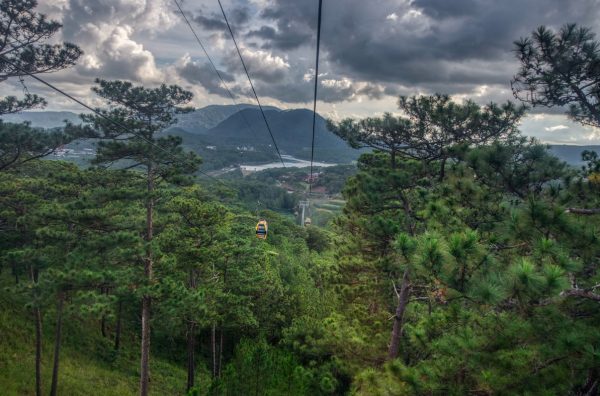
Returning to the coast, Nha Trang welcomes you with its vibrant energy and golden crescent-shaped beaches. This lively town is a seafood lover’s paradise. Vendors along the beach serve grilled prawns, squid, and bun cha ca, a flavorful fish cake noodle soup.
Further north, Da Nang offers a mix of modern comfort and natural beauty. My Khe Beach stretches for miles, with soft white sands and turquoise waters framed by the Marble Mountains and the lush Son Tra Peninsula.
“In Da Nang, you’ll get beaches that rival Maui in Hawaii, but for much less,” said Dr. Kenny Nguyen, chair of the mathematics department, who took the long Vietnam coastline trip.

Continuing up the coast, Hue combines historical depth with unique flavors. The imperial city’s rich history comes to life in its ancient temples and royal tombs. Hue’s signature dish, bún bò Huế, is a must-try — a spicy beef noodle soup known for its bold flavors and aromatic broth made with lemongrass and chili oil.
“In Hue, you have to try bún bò Huế, a spicy beef noodle soup,” Dr. Nguyen said. “It’s better than pho, but you have to get it at a good place.”
In northern Vietnam, Hanoi’s bustling streets give way to the calm waters of Halong Bay. Here, towering limestone islands rise dramatically from the emerald sea, creating one of Vietnam’s most iconic sights.


